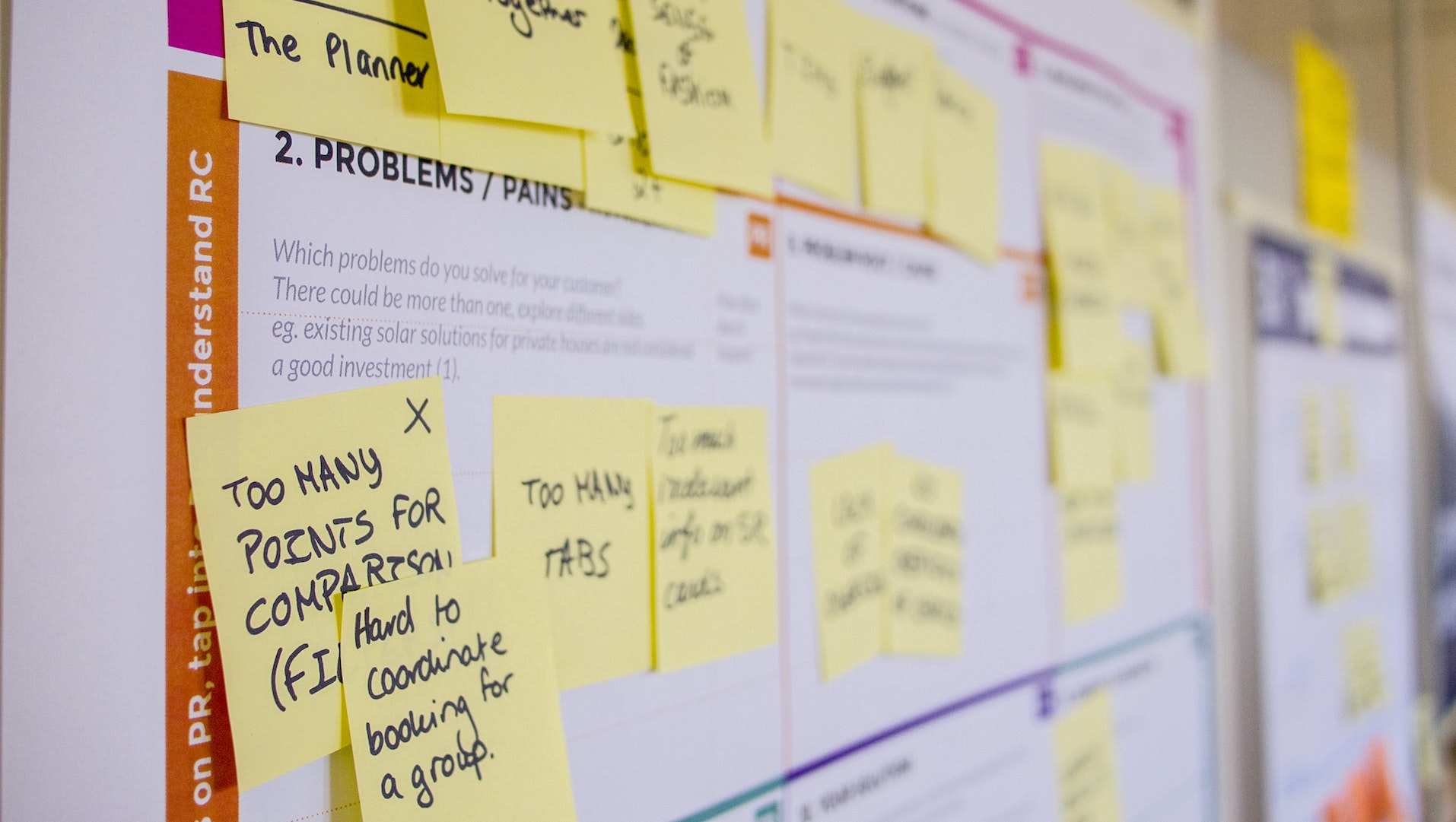Every top product leader has made a mistake.
Some get too caught up in data. Some start a new role and try to change everything about how the product team works too quickly. And some create communities because it’s the new hot thing, but don’t think about whether those communities' goals line up with their own.
We’ve all been there.
In a recent post, we highlighted the top five mistakes product leaders make. Mike Belsito, who co-founded Product Collective, a community for product people, created a list of the top 10 mistakes product people make after interviewing more than 326 product leaders. Belsito presented the findings at February’s joint ProductTank Waterloo and ProductTank Pittsburgh meetup.
Here are the next top five mistakes product people make, according to Belsito.
Getting caught up in data
Every product manager likes to be data driven. If you’re not analyzing your data, it’s hard not to feel like you’re missing something.
“Data is supposed to be every product manager's super power and secret weapon,” said Belsito.
While you’d think having access to all that data would make product managers feel more confident about making decisions, Belsito said the opposite is true. He spoke with Ruben Ugarte, a data analytics expert, who said that sometimes product managers get so caught up in the data they don’t know what to do. Too much information, it seems, isn’t always a good thing.
Imagine you’re driving a car and instead of one dashboard that measures key things like speed and your gas level, there are 50 that measure every detail, like tire pressure or the temperature of your seat, said Belsito. It’s impossible to keep track of everything. Instead of focusing on what’s most important — gas and speed — you get caught up in one of the other dashboards and suddenly you’re stuck on the side of the road with an empty gas tank.
The same is true with product management, said Belsito.
“If I was tracking so much data that I didn't really need to make a decision it could really just clog things up,” he said. “Focus on those core metrics that actually matter.… Before you start analyzing all that data just ask yourself what do you actually need to make a decision.”
Coaching all product people the same way
When new product leaders start to coach product people they’ll often make the mistake of thinking what works for one product person will work for another. Belsito spoke with JJ Rorie, chief executive officer at Great Product Management, which coaches and trains product teams. Rorie said this may happen if a product leader uses one strategy with a product person they’re coaching and the strategy works.
“The urge people have though is to use that same strategy with the next person and the person after that when the reality is every product person is different. We all have different motivations,” said Belsito.
Even product people who are at the same level wil have different motivations — one may be striving to become a vice president or head of product but the other may realize that’s not for them and they’d prefer to stay deep in product work, said Belsito. You can’t coach those two people the same way because their motivations are different, he added.
You can avoid that mistake by talking to product people you’re coaching about their motivations. Once you understand each individual’s motivation, then you can empower your team, said Belsito.
Changing processes too fast
Sometimes when we join a new team, we want to get some quick wins under our belt. But when Belsito spoke with product consultant Adam Thomas he suggested focusing on building trust with your team first before you propose any changes.
“If you start making changes without gaining the trust of your team — even if you've changed a process that needs changing — it might not have the same effect that you think it's going to have,” said Belsito.
Instead, dig in and understand why a process was done a specific way. Doing so will help you get to know your team and how they work.
Not managing customer relationships
If the only time you’re talking to customers is when you want them to buy your products, you’re making one of Belsito’s top ten mistakes. The way Amanda Goetz, founder and CEO of House of Wise which sells CBD products for women, gets around that type of thinking is through a community House of Wise started called Wise Women. The community partly helps the company sell their products but also helps empower the women involved by giving them a chance to shape the product with their input. It positions the Wise Women community as part of the product team.
Related articles:
Not building products with your community? You should. Here’s why.
How to find the right community for your product
Why ignoring survival metrics can kill your new product
Creating communities that don’t align with your product goals
If you’re creating a community for your product, Belsito says you’re probably not alone. Venture Capitalists recognize the value of communities and are investing in them. And almost every company is creating their own. The Pragmatic Institute, which trains product managers, is one such place and Belsito talked to their Director of Community Georgina Donahue about pitfalls to avoid when creating a community for your product.
One of the biggest mistakes companies make when they try to start their own community is not aligning their goals with the community’s goals.
“Sometimes what happens is companies say, ‘All right this is hot right now. It's the next big thing. We need one of our own.’ So they'll whip up their community but they don't really think about what their community needs,” he said. “They think about what they need. They think about selling more products through the community.”
There are exceptions, of course, like the Wise Women community. And not every company may feel like they need to understand their community goals and what’s important to the people in those communities. But if their goals don’t line up with yours, you’ll have to rethink your community and maybe treat it as a feature of your product or organization, he said.
Those are Belsito’s top 10 mistakes product people make. What are yours? Is there one missing from this list that you think should be there? Connect with us on Twitter or LinkedIn and let us know.
Miss a ProductTank Waterloo and want to catch up? Read all of our ProductTank Waterloo recaps.





